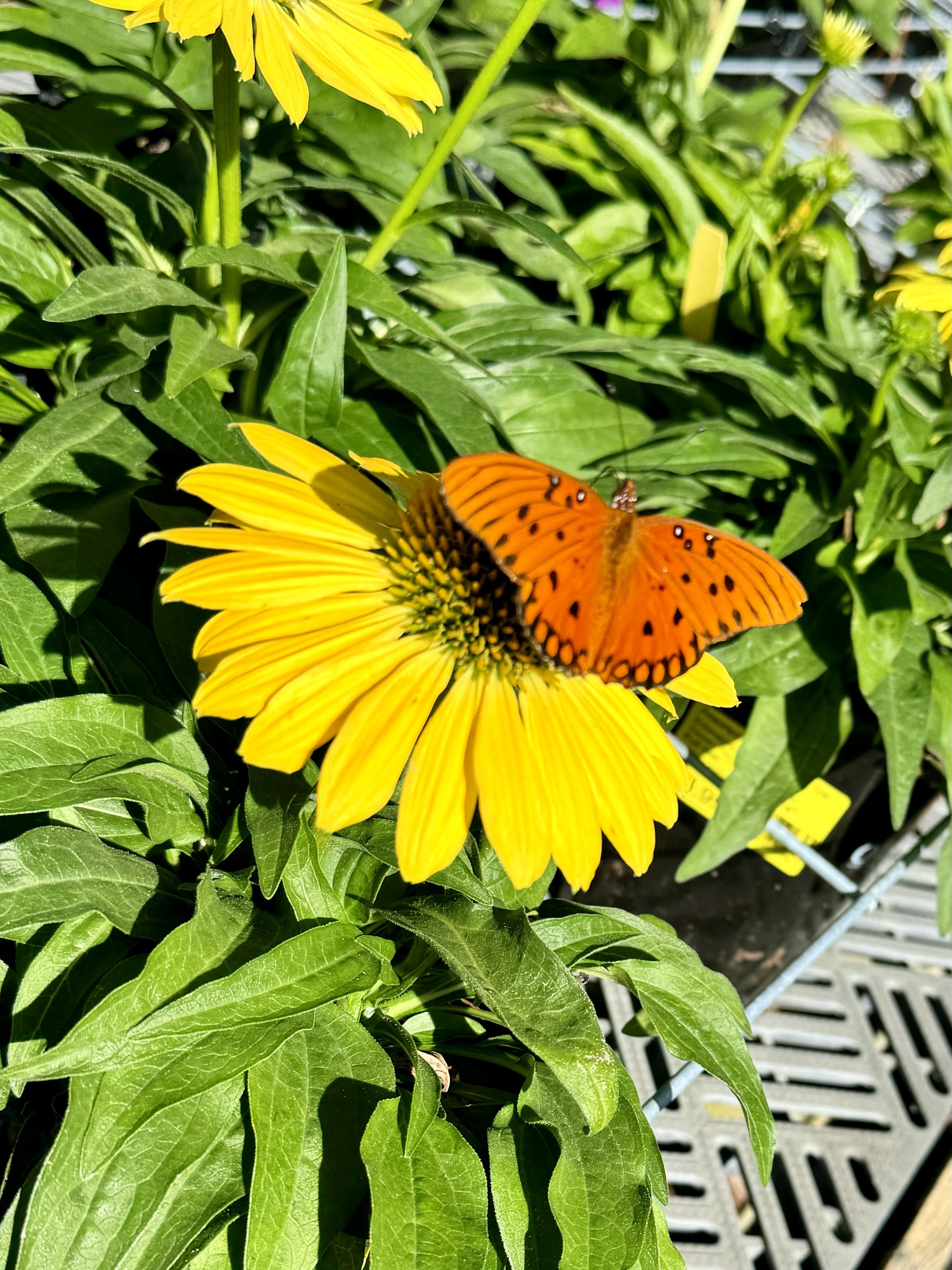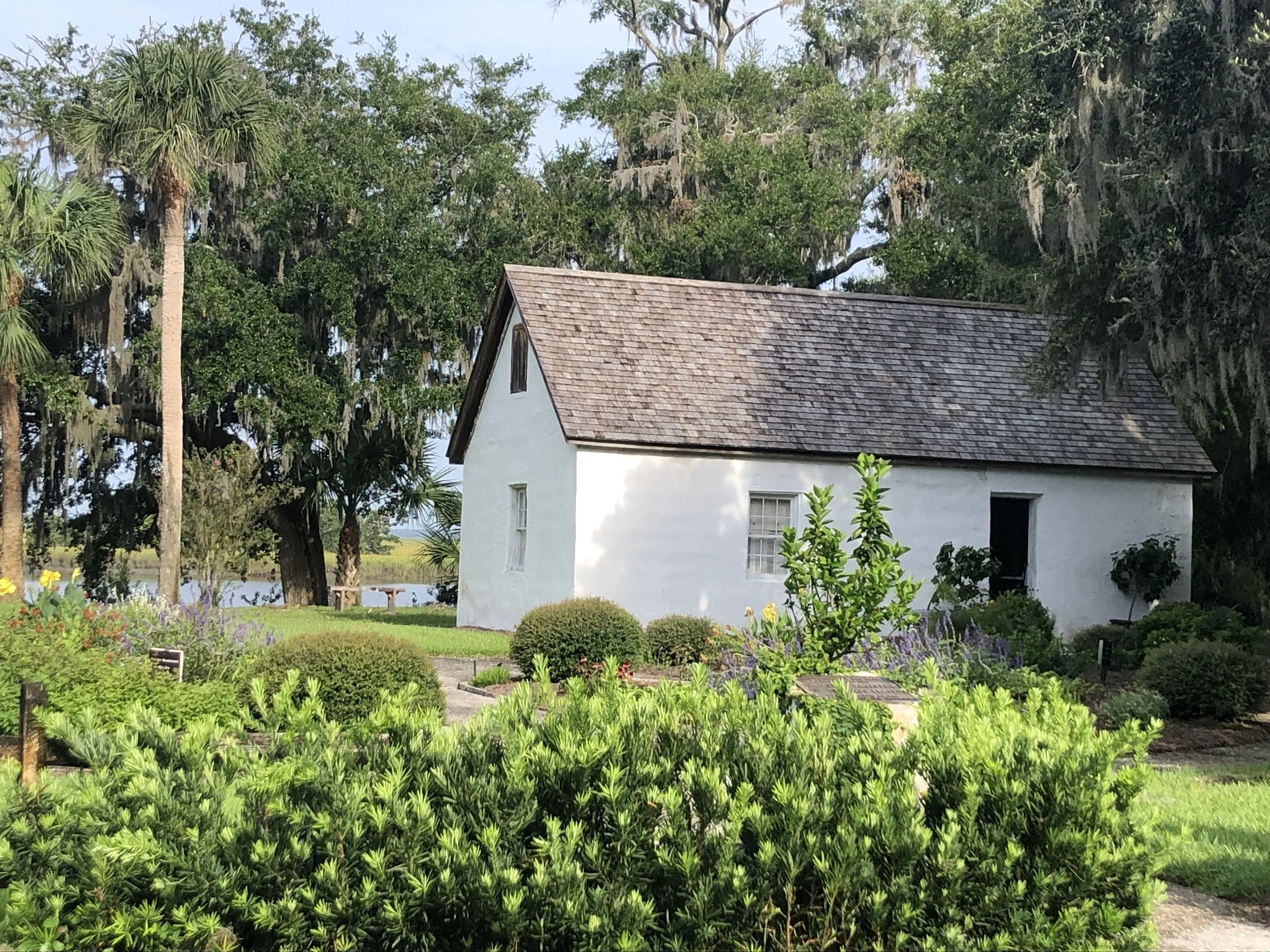The Cassina Garden Club
In this video, you will meet members of the Cassina Garden Club as they share what the Club means to them. You will also learn about the history of the Hamilton Plantation and the historic Tabby Slave Cabins that are available for the public to visit.
History of the Cassina Garden Club
Founded in 1928, Cassina Garden Club is the oldest garden club in Glynn County, Georgia. Headquartered in two circa early 1800s slave cabins, formerly a part of the Hamilton Plantation, Cassina Garden Club has been guardian of these historical treasures since they were granted stewardship by the Glynn County Commissioners in 1932 and then deeded the property in 1950. Through Cassina efforts, the slave cabins were placed on the National Register of Historic Places in 1988.
From 2014 to 2018 the Cassina Garden Club engaged Landmark Preservation, LLC to restore the cabins. One was restored to what it would have looked like in 1830, and the other as it would have looked during the Lumber Days when it was used as an office or a school. Today, the Garden Club uses it for committee meetings, a museum with artifacts reflecting the history of the property, as well as for private and educational tours.
Click here to find information on tours.
The Georgia Trust for Historic Preservation presented Cassina Garden Club the “Outstanding Preservation” Award in 2018 for their authentic restoration.
In addition, over the years Cassina has sponsored many civic and beautification projects. Club milestones include…
Planting of azaleas at Christ Church (1933)
Founding of the St. Simons Island Public Library (1937)
Founding of the first Boy Scout Troop on St. Simons Island
Leading efforts to designate St. Simons Island as a Bird Sanctuary (1995)
Establishing and maintaining Pink Garden at Hospice of the Golden Isles (2011)
Creating and assisting with the Fort Frederica Herb Garden (2012)
Helping Girl Scout earn Gold Star Award with installation of Monarch Butterfly Waystation (2017)
Researching and replanting garden quadrants to reflect island history (2023)
Creating and producing video for elementary school children (2024)
Donating to other local non-profits whose work aligns with Cassina Garden Club Mission
More information on these activities can be obtained by contacting Cassina Garden Club
on Facebook
emailing info@cassinagardenclub.org
mailing your inquiry to Cassina Garden Club, Inc. PO Box 20191, St. Simons Island GA 31522





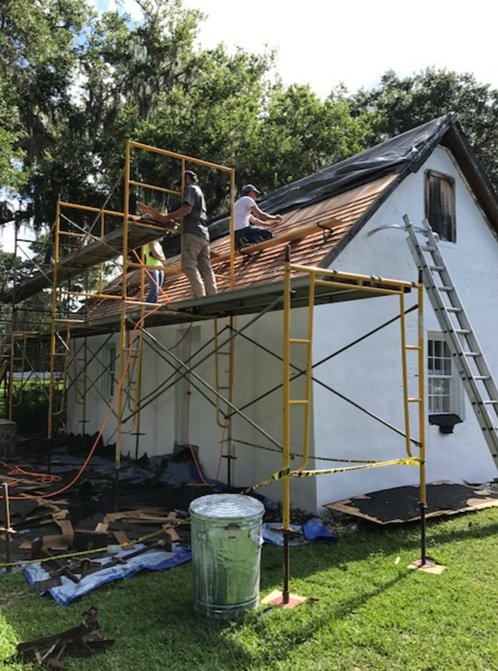
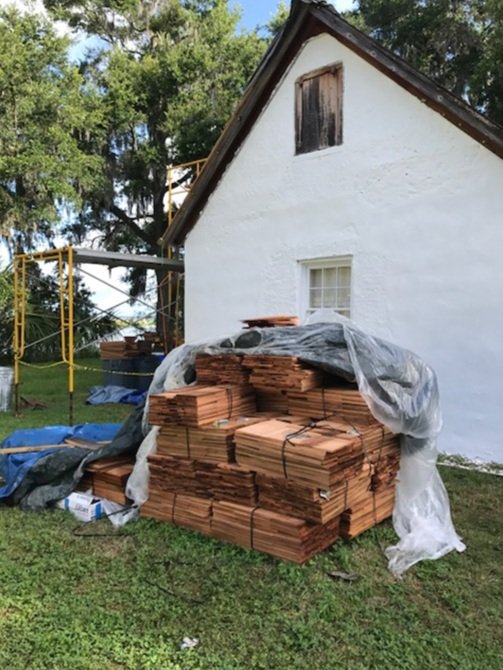
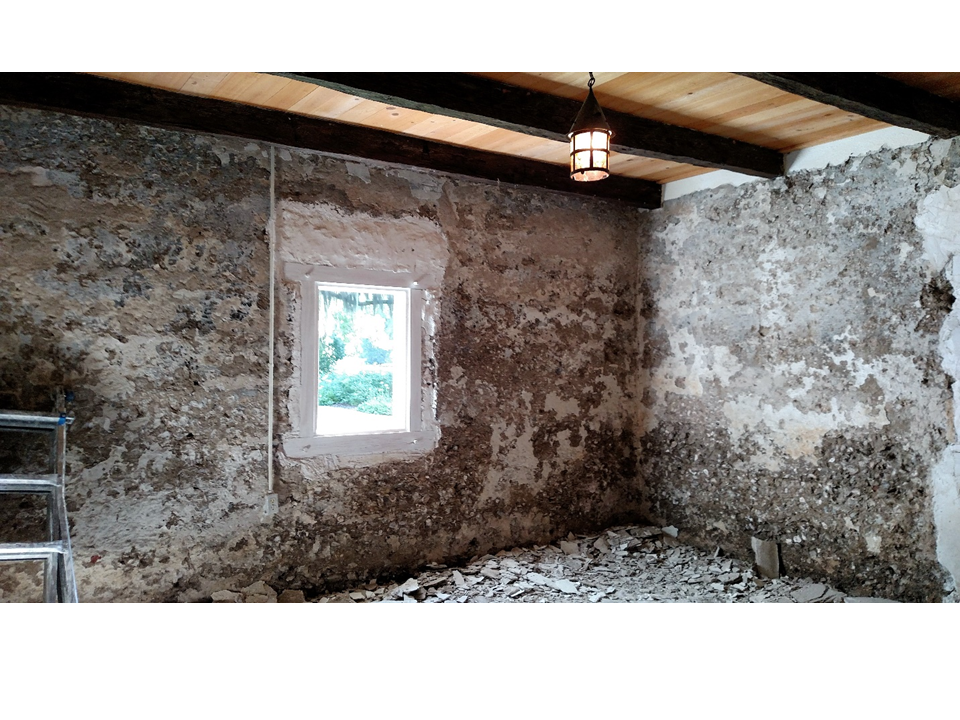
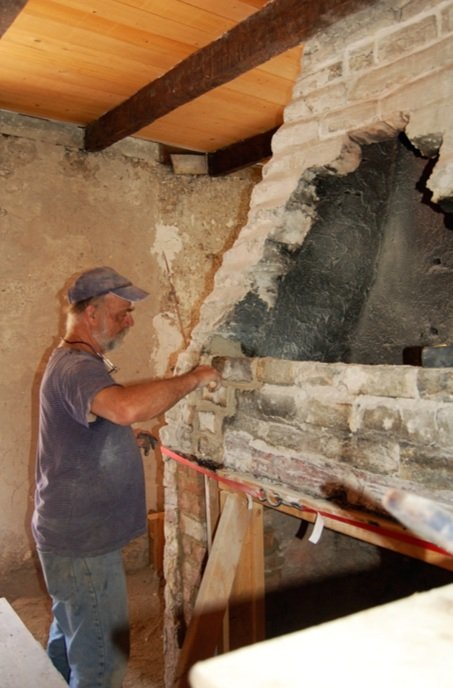


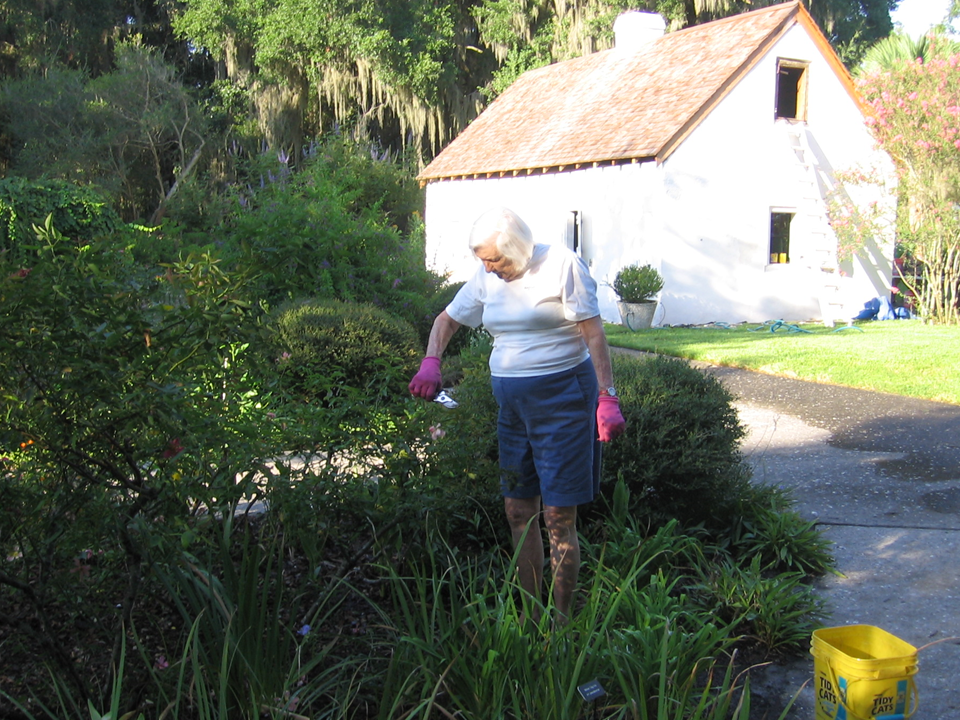

History of the Cassina Site
The Cassina Gardens are situated on the south end of Saint Simons Island known as Gascoigne Bluff. Located on a bend of the Frederica River, this mile-long bluff offered vessels the first landing place after they entered Saint Simons Sound. Because of its location, Gascoigne Bluff has been witness to Saint Simons Island history.
Late Archaic Period • 5,000 years ago • Remnants of shell rings still remain
Guale’s Chiefdom Era • 1500s • Guale Village of Guadalquini established
Spanish Control • 1600s • Home of two Spanish Missions
English Control • 1736 • James Oglethorpe established Ft. Frederica
Plantation Era • 1780-1861 • Plantations chiefly grow rice and cotton
Civil War Era • 1861-1870 • Industry transition from agriculture to lumber
Lumber Industry • 1890-1903 • Dart & Dodge families revive lumber industry
Tourism • 1890 - Present
Gascoigne Bluff was named for Captain James Gascoigne, commander of the British sloop “Hawk,” who escorted General Oglethorpe safely to St. Simons Island. The Bluff became a storehouse for marine supplies, ship repair facilities, and, in effect, was Georgia’s first naval base.
During the Plantation Era, there were 14 plantations on Saint Simons Island. Hamilton Plantation was developed in 1793 by James Hamilton into one of the largest of these cotton plantations. An archeological study of the site reveals there were six tabby slave cabins built around 1830 overlooking the Frederica River to house some of the enslaved who lived and worked here. Two of these cabins still stand today.
Following the Civil War, the structures were used for mill offices and other purposes as the area became active in the production and shipping of lumber. Known as the “Mill Days,” the period from the early 1870s through the first decade of the 20th century saw the old plantation lands converted into lumber mills and wharves. By 1900, a record number of 112 million feet of timber were shipped from the mills in Darien and Saint Simons Island. As the “Mill Days” ended, use of the cabins waned. One cabin remained a residence of a former slave until her death, and the other was abandoned until 1932 when Glynn County Commissioners gave permission for the Cassina Garden Club to begin meeting there.
Thanks to the historical restorations done from 2014-2018, and the constant care from Cassina members, this site will continue to tell the history of Saint Simons Island and Coastal Georgia.
More About the
Cassina Garden Club

